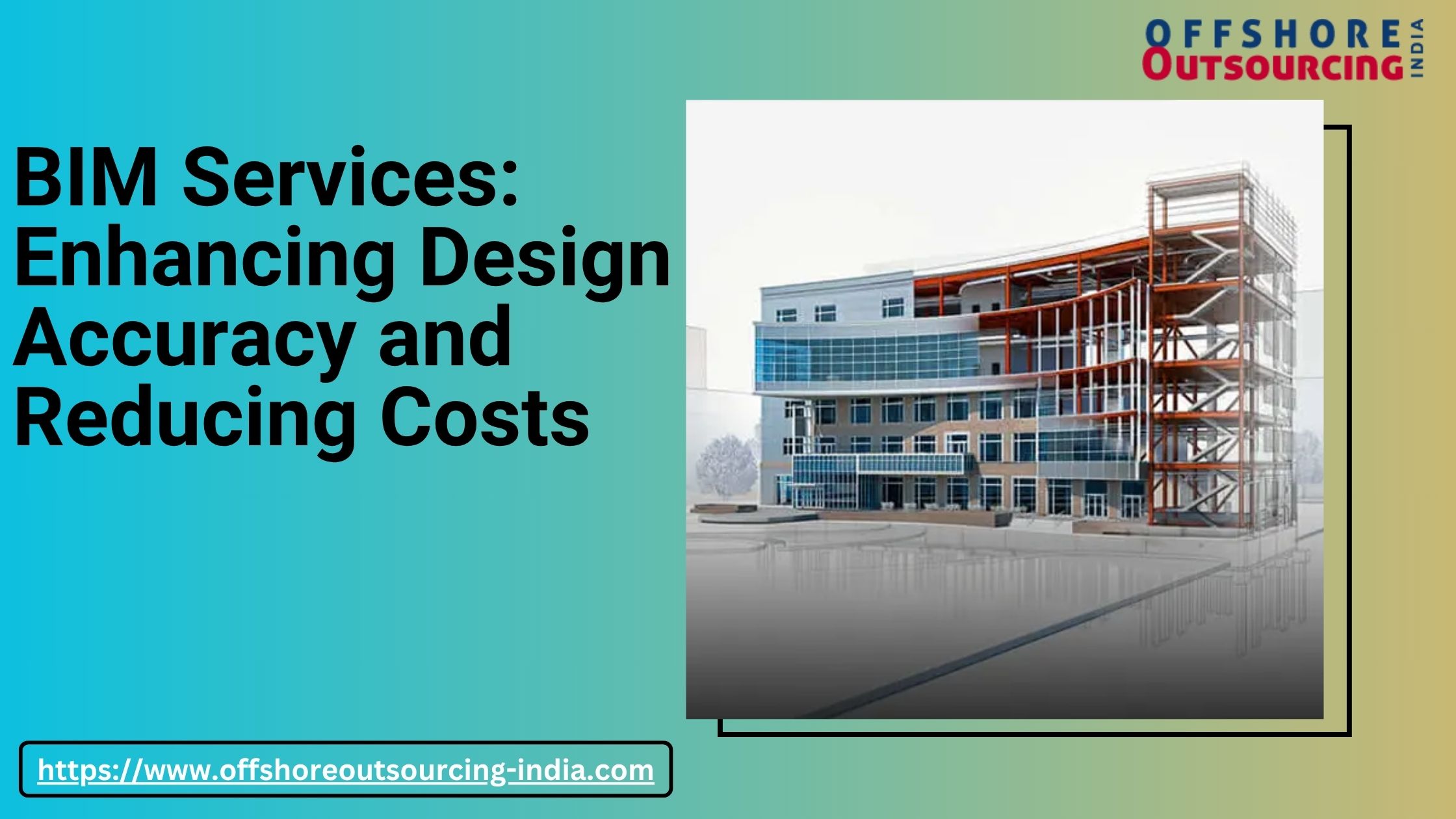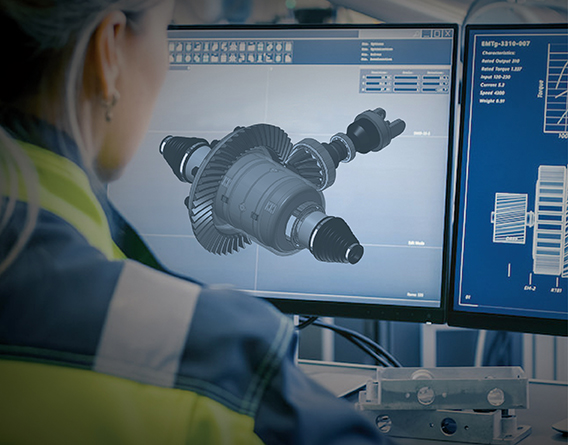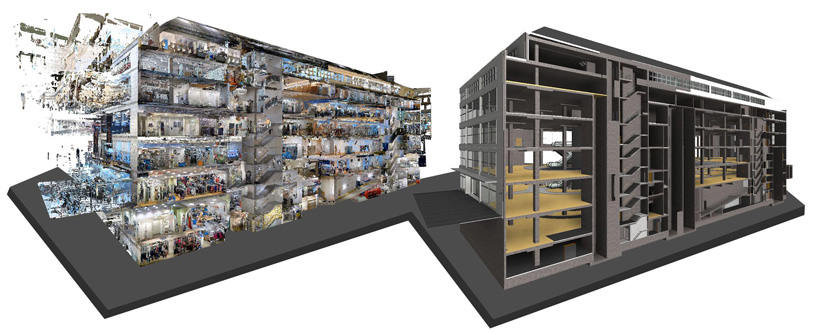The Role of 3D BIM Modeling Services in Achieving Sustainable and Efficient Building Designs

Strong 8k brings an ultra-HD IPTV experience to your living room and your pocket.
In the modern construction landscape, sustainability and efficiency are no longer optional—they are essential. As environmental concerns grow and the demand for cost-effective, high-performance buildings increases, the industry is turning to innovative technologies to meet these challenges. One of the most impactful advancements is 3D Building Information Modeling (BIM). This digital tool is transforming the way buildings are designed, constructed, and maintained, playing a crucial role in achieving sustainable and efficient building projects.
What is 3D BIM Modeling?
3D BIM modeling involves creating detailed, intelligent three-dimensional digital representations of a building’s physical and functional features. These models encompass architectural, structural, mechanical, electrical, and plumbing systems, along with material specifications and construction sequencing. Unlike traditional 2D drawings, BIM models provide a comprehensive, integrated view of the entire project, allowing stakeholders to collaborate effectively from design to operation.
The Significance of 3D BIM in Sustainable Design
1. Enhanced Visualization for Sustainability Features
One of BIM’s key advantages is its ability to visualize complex building systems in a realistic 3D environment. This allows architects and engineers to better understand how sustainable features—such as passive solar design, natural ventilation, and daylighting—will function within the space. Early identification of potential issues ensures these features are incorporated seamlessly, reducing the need for costly modifications later.
2. Precise Material and Resource Management
BIM provides accurate quantities of materials required for each phase of construction. This precision minimizes material waste by preventing overordering and reduces the environmental impact associated with excess materials. Efficient procurement and inventory management lead to less landfill waste and a smaller carbon footprint.
3. Energy Performance Analysis and Optimization
Advanced BIM software enables detailed energy simulations. Designers can evaluate different building orientations, insulation choices, window placements, and HVAC systems to optimize energy efficiency. By modeling energy consumption before construction, teams can make data-driven decisions that lead to lower operational costs and reduced greenhouse gas emissions.
4. Life Cycle Assessment (LCA) Integration
BIM models can incorporate life cycle assessment tools that analyze the environmental impact of materials and systems throughout the building’s lifespan. This holistic view supports selecting sustainable materials and design strategies that minimize long-term ecological effects.
Improving Construction and Operational Efficiency
1. Streamlined Coordination and Reduced Errors
BIM fosters collaboration among architects, engineers, contractors, and suppliers through a shared digital environment. Real-time updates and clash detection help identify conflicts—such as overlapping mechanical ducts or electrical wiring—before construction begins. This reduces delays, rework, and associated waste, leading to a more efficient construction process.
2. Accurate Cost and Schedule Management
BIM’s detailed data allows for precise cost estimation and scheduling. By understanding the exact quantities and sequences required, project managers can allocate resources more effectively, avoid budget overruns, and ensure timely project delivery—all of which contribute to overall project efficiency.
3. Facilitating Prefabrication and Modular Construction
BIM models support off-site prefabrication of building components. Prefabrication reduces on-site waste, shortens construction timelines, and enhances quality control. Modular construction benefits from BIM’s detailed specifications, ensuring components fit perfectly and function as intended.
4. Building Operation and Maintenance
Post-construction, BIM continues to serve a valuable role. Facility managers can access detailed information about building systems, enabling predictive maintenance, energy management, and upgrades. This ongoing use of BIM ensures buildings operate at peak efficiency throughout their lifespan.
Integrating Renewable Energy Solutions with BIM
How BIM can assist in designing solar panel placements, wind turbines, and other renewable systems for sustainable energy generation.
Smart Buildings and IoT Integration
The role of BIM in incorporating IoT sensors and automation systems for real-time energy management and environmental monitoring.
Green Material Selection and Certification Support
Using BIM to identify and document environmentally friendly materials that meet green building standards such as LEED or BREEAM.
BIM and Zero-Energy Building Design
Strategies for leveraging BIM to design buildings that produce as much energy as they consume over their lifecycle.
The Future of Sustainable Construction with BIM
As technology evolves, BIM will become even more integral to sustainable building practices. Integration with artificial intelligence, machine learning, and Internet of Things (IoT) devices will enable smarter, more adaptive buildings. These developments promise to reduce energy consumption further, enhance occupant comfort, and minimize environmental impacts.
Why Choose 3D BIM Modeling?
1. Enhanced Visualization and Communication
3D models offer realistic visualizations that improve understanding among clients, architects, engineers, and contractors. This clarity facilitates better decision-making and aligns everyone’s expectations early in the project.
2. Clash Detection and Reduced Errors
BIM software automatically detects conflicts between systems—such as ductwork intersecting with structural elements—before construction begins. This minimizes costly errors, rework, and delays.
3. Accurate Quantity Take-offs and Cost Estimation
BIM provides precise data on material quantities and costs, leading to more accurate budgeting and resource allocation, reducing waste and overspending.
4. Improved Project Scheduling
BIM’s detailed data supports 4D simulations, integrating time management with physical models to optimize construction sequences and timelines.
5. Facilitates Prefabrication and Modular Construction
Detailed BIM models enable off-site manufacturing of components, leading to faster construction, less waste, and higher quality.
6. Better Facility Management and Maintenance
Post-construction, BIM serves as a comprehensive database for building operations, enabling efficient maintenance, renovations, and energy management.
7. Supports Sustainable Design Goals
From energy performance analysis to material sustainability assessments, BIM helps create environmentally responsible buildings.
Conclusion
3D BIM modeling services are indispensable tools in the pursuit of sustainable and efficient building design. They enable precise visualization, resource management, energy optimization, and seamless coordination among project teams. By leveraging BIM, stakeholders can create buildings that are environmentally responsible, cost-effective, and tailored to meet the demands of a sustainable future.
For architects, developers, and facility managers committed to sustainability, investing in BIM technology is a strategic step toward achieving these goals. As the industry continues to evolve, BIM will remain at the forefront of innovative, green construction practices. Offshore Outsourcing India is one such trusted partner, offering high-quality BIM modeling services that help clients realize their sustainable building visions efficiently and cost-effectively. By outsourcing these specialized services, companies can access global expertise, streamline workflows, and focus on core project goals—ultimately contributing to a greener, more sustainable built environment.
Note: IndiBlogHub features both user-submitted and editorial content. We do not verify third-party contributions. Read our Disclaimer and Privacy Policyfor details.







